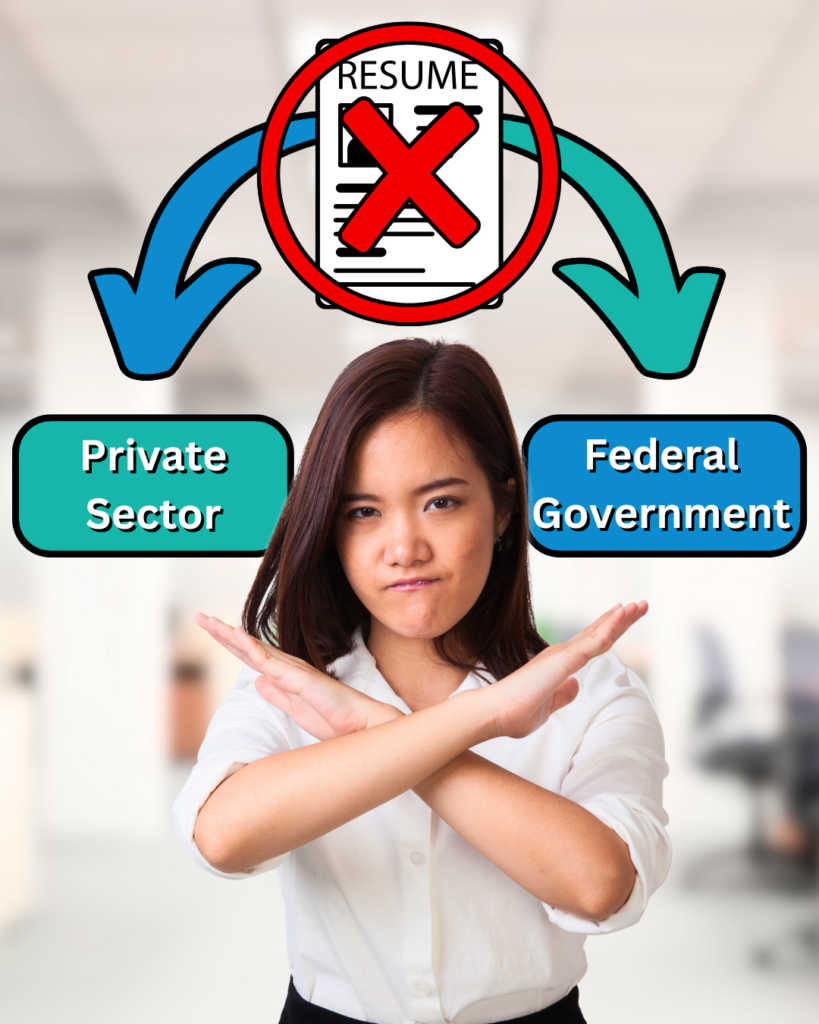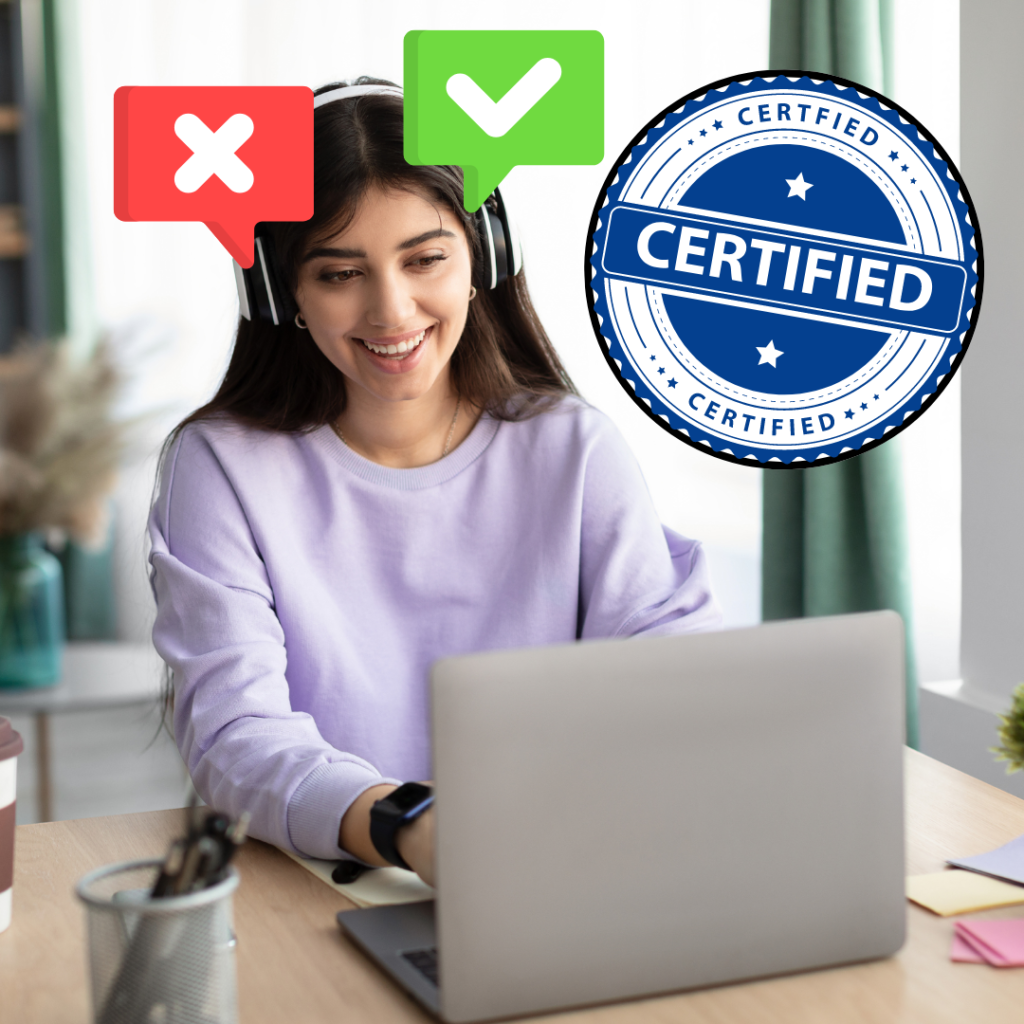If you are thinking about transitioning from your military to your civilian career, you probably attended TAP. Even if you paid attention during your TAP class, there are (at least) 9 things they didn’t talk about:
1. Transition is hard. If you have spent your entire adult life in the military, transitioning to civilian life is hard. You will likely be around people who have never served in the military—and in some cases you may be the first military member your new colleagues will have met! That means your new colleagues may not understand your experience or the language you use. You’ll need to translate your skills and experience into civilian “speak.” Most nonmilitary personnel do not know the difference between a Corporal and a Colonel, or a Brigade or Battalion.
2. You may not make as much money as you had hoped. Competition for jobs is fierce, whether you are targeting the federal sector or the private sector. And wages in many industries have been stagnant. You may not be able to match your military income, depending upon where you live and what you decide to do. In addition, you may not have access to the services you had as an active duty military member—depending upon your individual situation, you may have to pay for medical insurance and housing costs, your taxable income may be different, etc.
3. Veterans preference alone will not get you a job. You may have heard that as someone who has veterans’ preference, it will be easy to get a job in the federal government. The reality is that most federal job postings receive hundreds, if not a 1,000 or more applications. In most cases, a significant percentage of those applications are from those who have veterans’ preference—and many separating military members receive a 30%+ compensable disability rating. I worked with one agency which received 1,200 applications for a GS-6 position—and 900 of the applicants had a disability rating of 30%+.
4. Getting a job—whether federal or private sector—will take time. You should start looking for job prior to separation; if you’re targeting the federal government, consider using the VOW Act (see: https://chcoc.gov/content/vow-veterans-opportunity-work-hire-heroes-act-2011) prior to separation to receive veterans’ preference consideration. If you are selected prior to your military separation, most employers will wait a period of time for you to be able to start. I tell separating military members that they should expect 6-12 months of job search. Of course, you could get a job sooner but its good to be realistic about how long it could take.
5. No, you cannot “do anything.” I often hear from people who say that they can “do anything;” the military instills a “can do” spirit in its members. While this is obviously good, most employers want to know specifics. You need to be able to talk about the specific thing you can do, along with your accomplishments.
6. A general resume does not work. TAP often encourages transitioning military members to have a “master resume.” Again, whether you are targeting federal or private sector jobs, you need a targeted resume that speaks to the knowledge, skills, and abilities you bring to the table in the context of the jobs you are targeting. Rather than having a master resume, you may want to have multiple resumes, each focused on a different career field and using the key words / target language for the specific industry. And, if you are focused on the private sector, your resume will likely be run through Applicant Tracking Software (ATS) which will search for specific key words.
7. If you want to go the government contracting route, understand the risk. Make sure the position and contract are real (and have been funded) before you stop looking elsewhere. And ask when the contract ends—you want to know that the contract still as some “life” on it—there is no guarantee that the contract will be re-competed or that the contracting company will win. And if not, you could be on the street.
8. Yes, you need to network. In the private sector especially—and even in the federal sector—who you know does matter. The time to network is before you separate. A Department of Labor study shows that 80% of all job selections come from professional networks. Hiring is a risk for employers (they never know what they’re going to get) so being referred by a current employee is a huge plus. Reach out to one of the many military networking groups. Join LinkedIn and be an active participant. Talk to people about what you want to do and have your elevator speech ready to go.
9. Don’t be afraid to ask for help. This could mean getting assistance in figuring out what you really want to, writing your resume, practicing interviewing skills, etc. There is a lot of assistance out there for transitioning military members—both free and paid. You didn’t serve alone; you don’t have to transition alone either!



